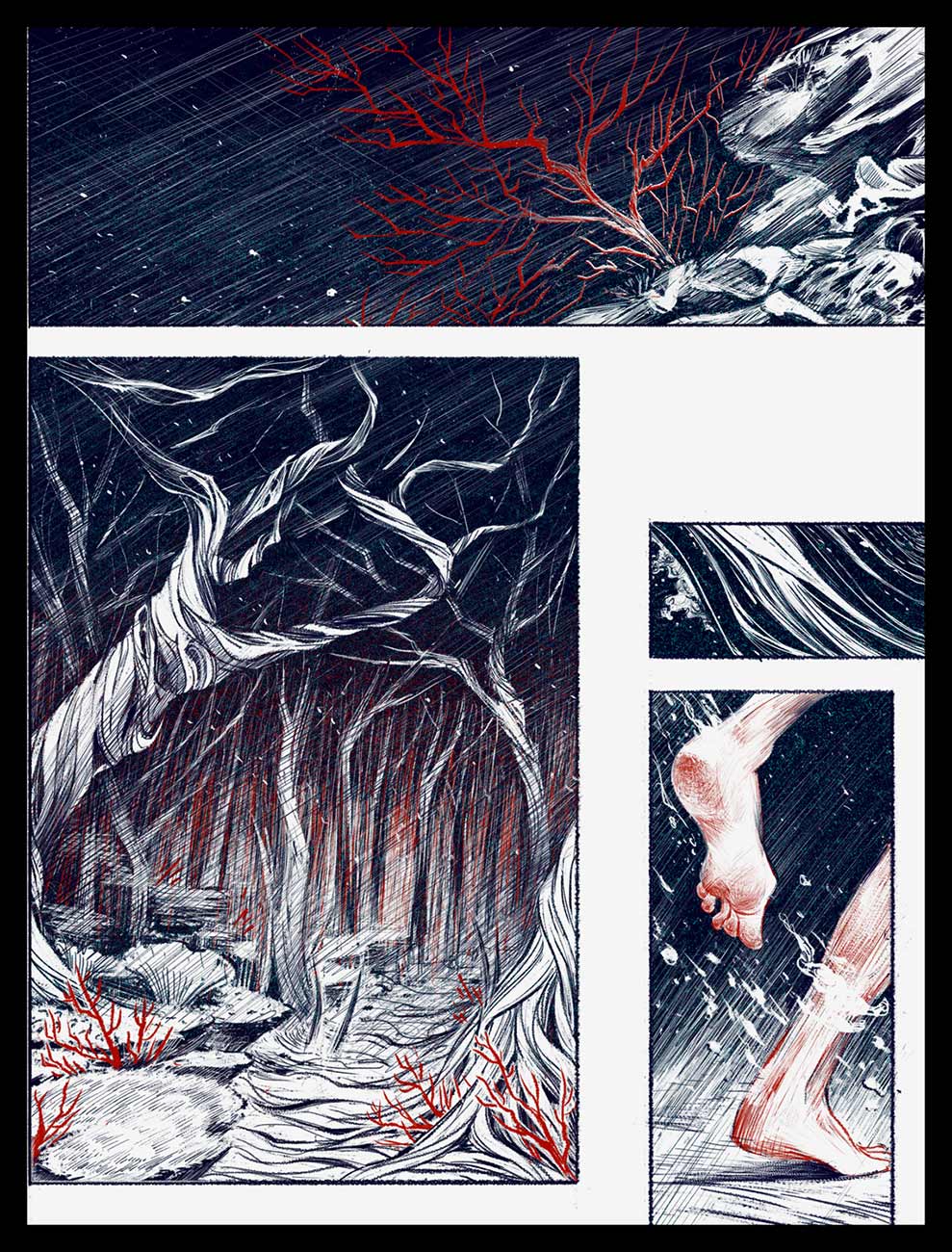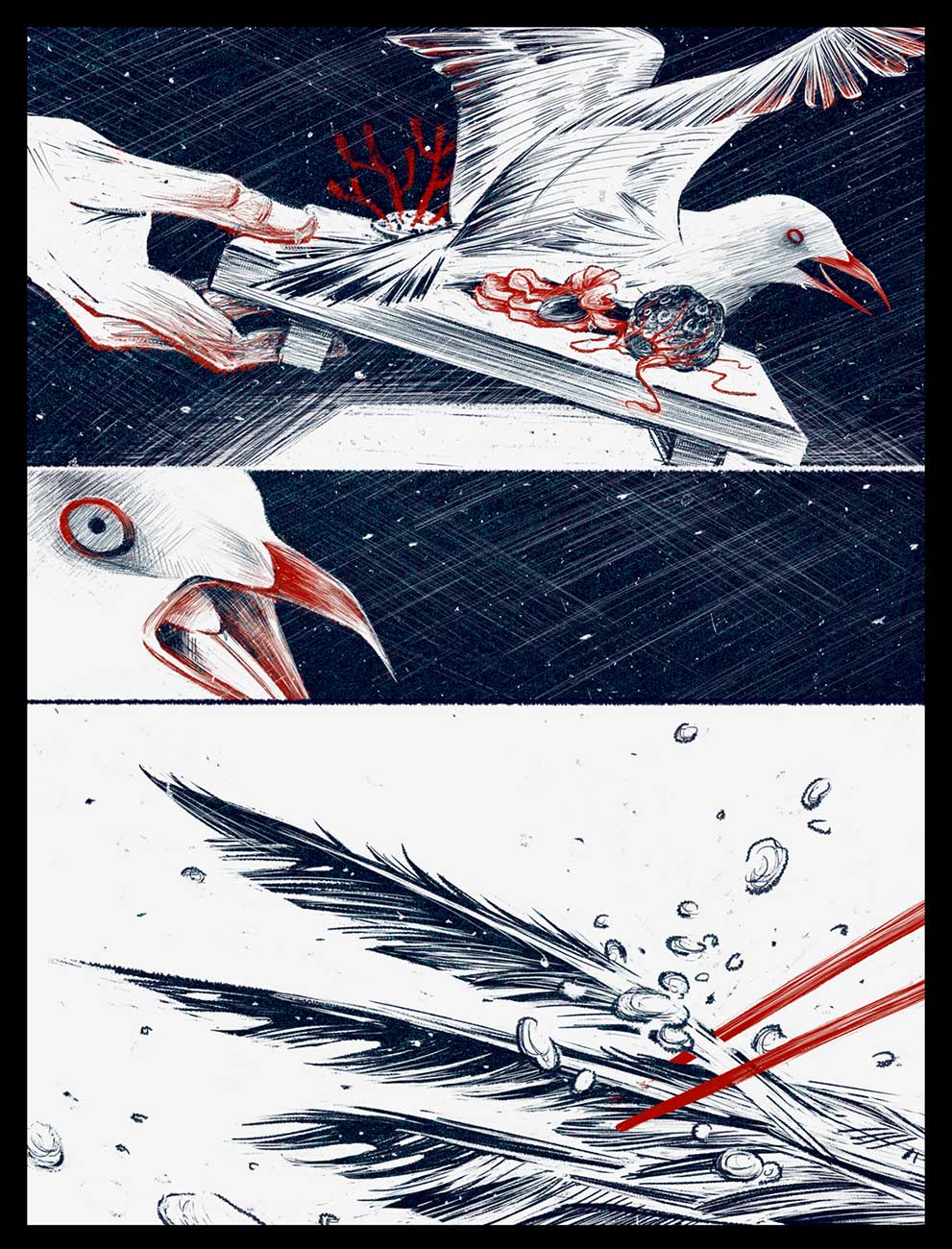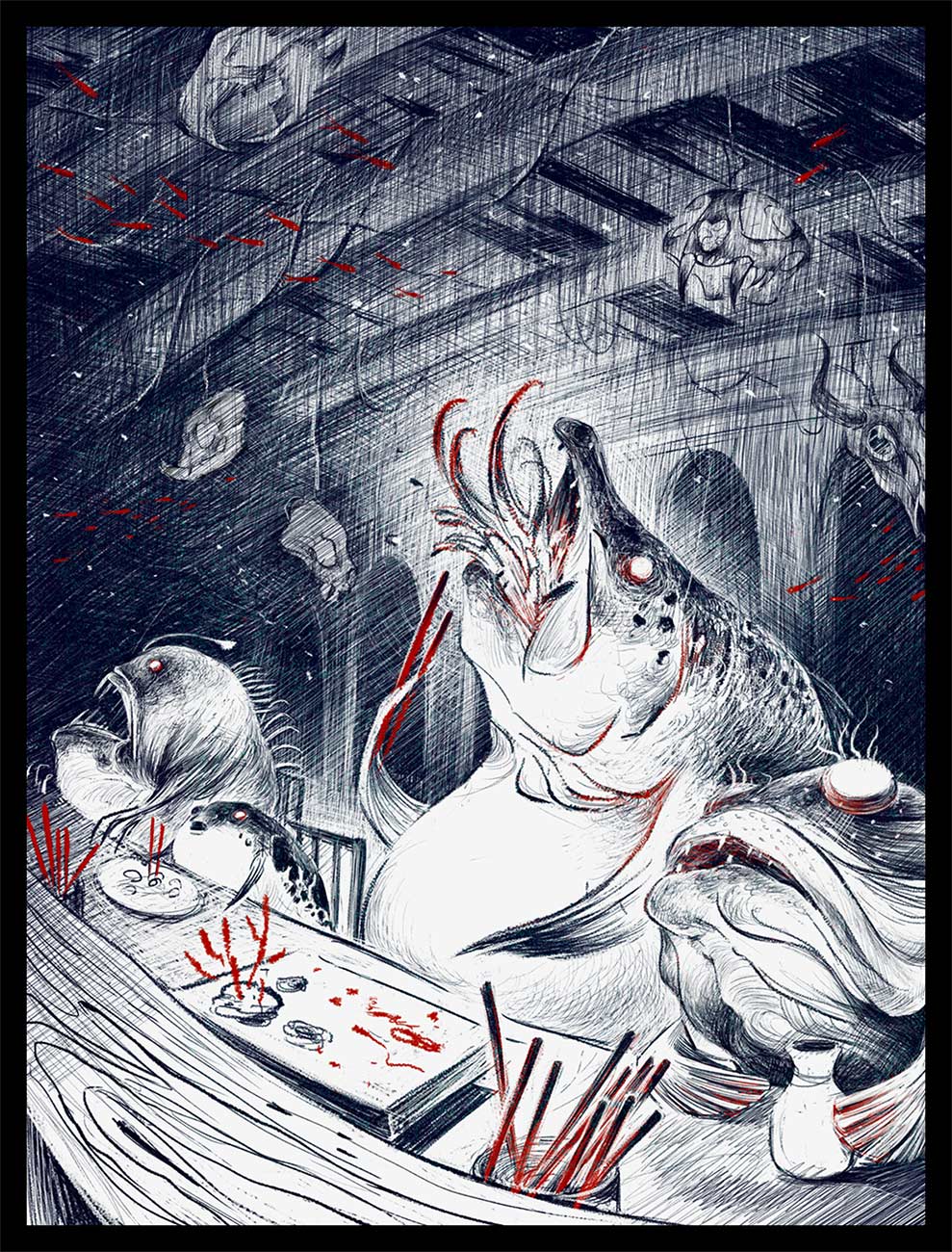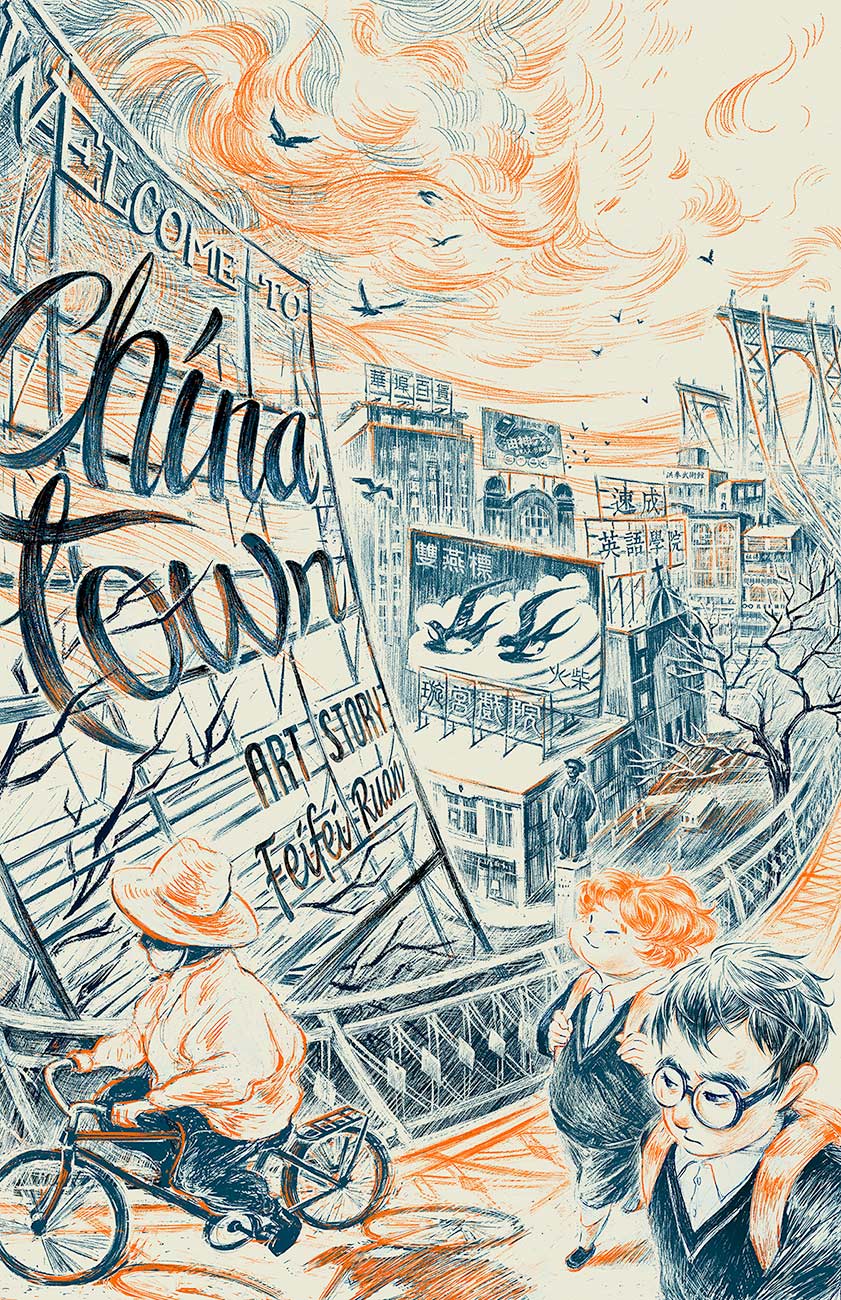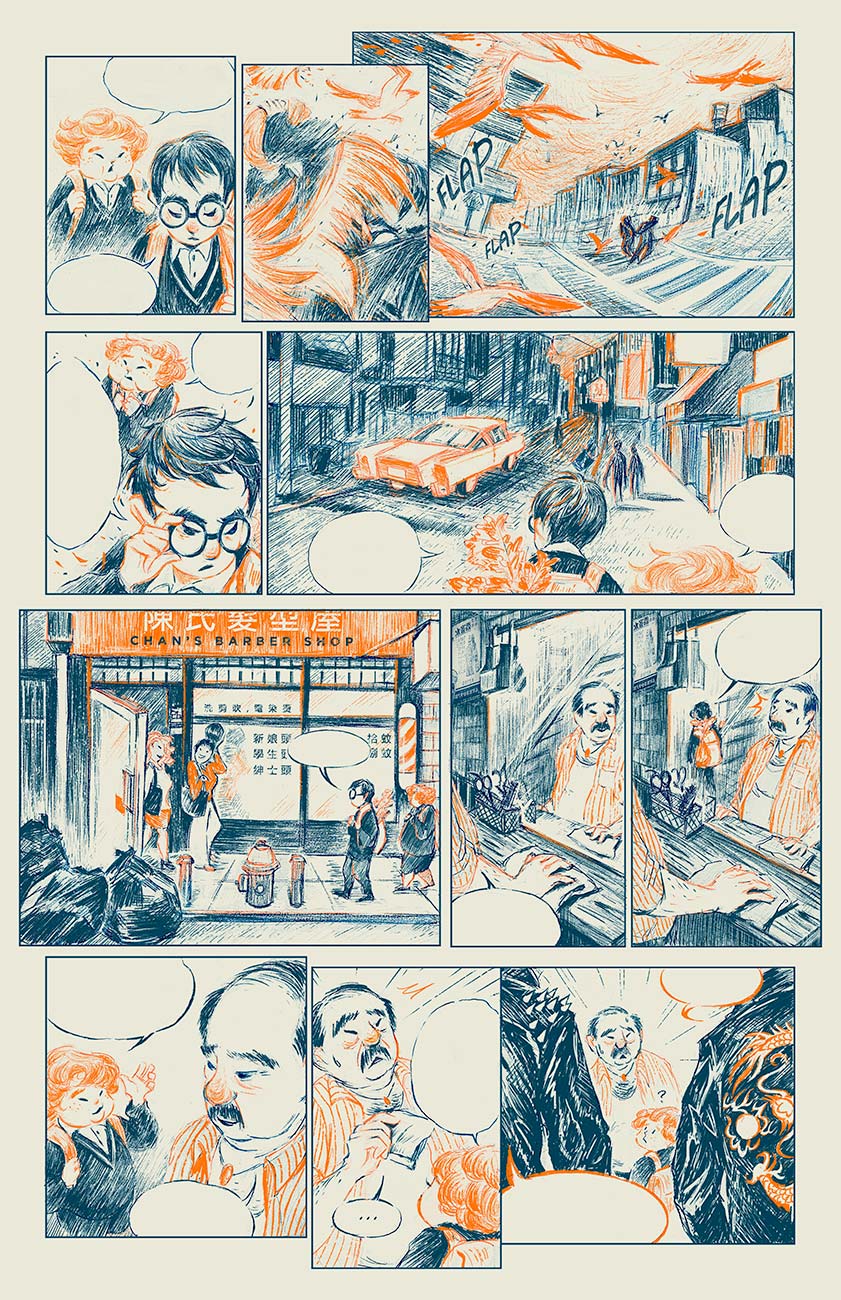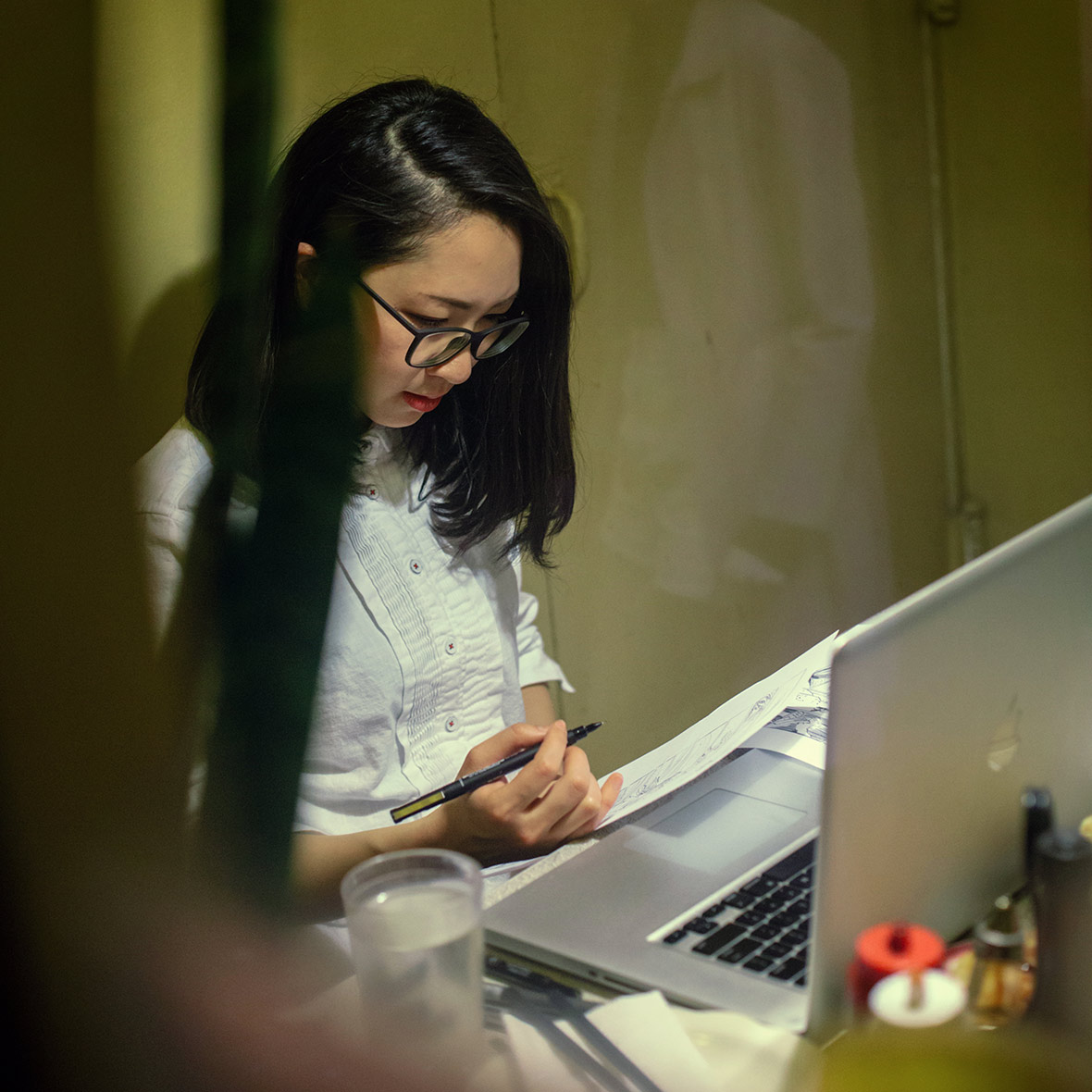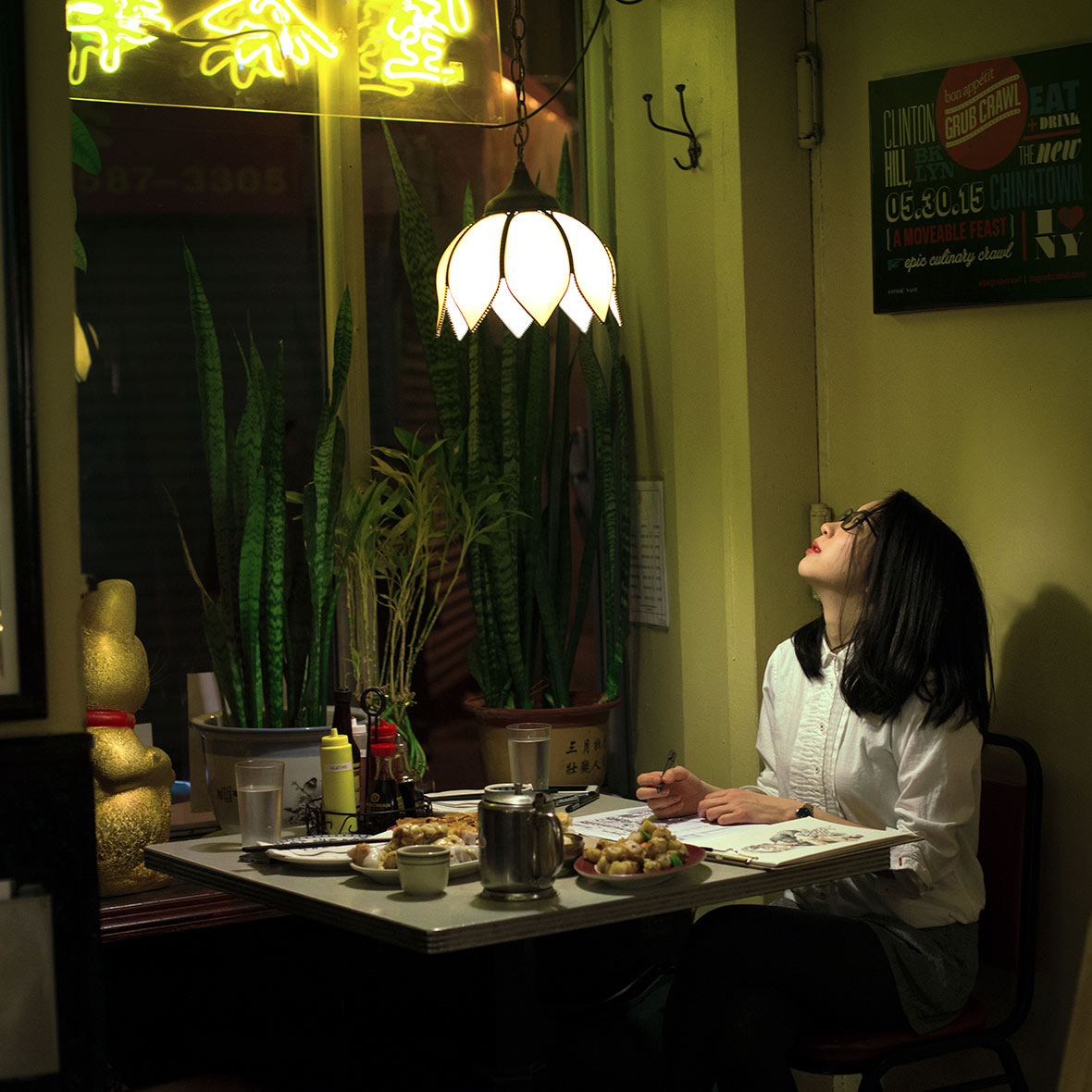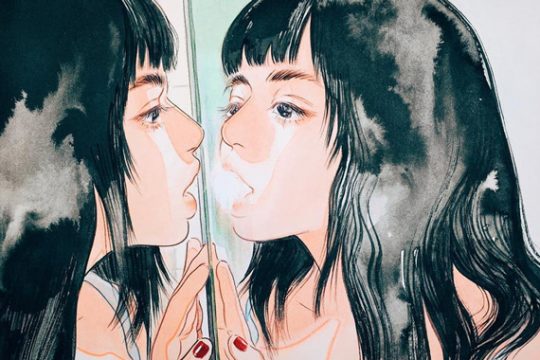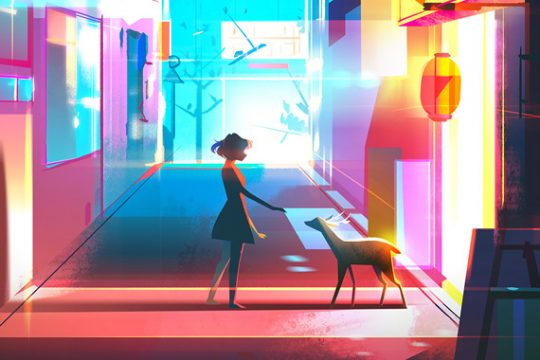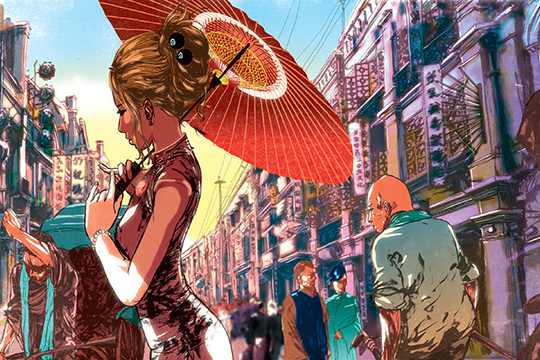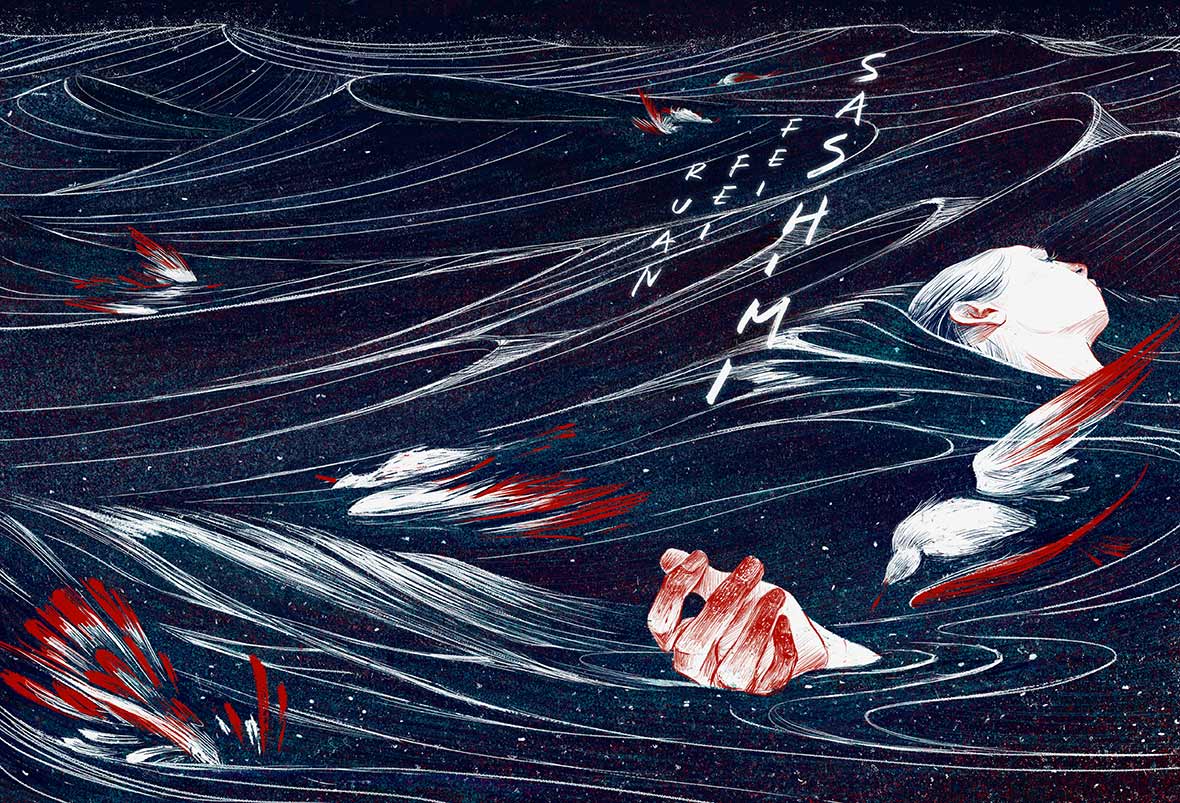
Feifei Ruan is an artist born and raised in Shenzhen, China. She entered the New York School of Visual Arts in 2013, and is now a member of the New York Society of Illustrators and Art Directors Club. Now living in Brooklyn, she continues her exploration of using illustration as a storytelling device. Her collection of work includes illustrations, prints, storybooks, and graphic designs. The Chinese proverb san sui kan da, an old saying that states how a person will turn out as an adult can be foretold by the time they’re three years old, is perfectly exemplified by Feifei. She was already doodling short stories of her own during her manga and cartoon-filled childhood. After seeing the positive reactions of people that saw her art, Feifei was instilled with a sense of accomplishment which would carry on into her adult life. These feelings of achievement developed into a long-term love affair with illustration and led her onto her current career path as a visual artist.
阮菲菲出生成长于中国深圳,2013年前往纽约视觉艺术学院读研,现为纽约插画家协会会员和纽约艺术指导俱乐部会员,居住在布鲁克林,进行有关视觉叙事的艺术创作。她的作品主要包括插画、故事书、手工印刷以及平面设计。中国人相信的“三岁看大”在她身上似乎一点不假。在卡通和漫画中度过的童年时期,她就开始涂涂画画一些小故事,并以此为娱乐。将这些小故事和小伙伴们分享并引起大家的情绪反应为菲菲所带来的成就感,大概就是她这个长期兴趣和未来职业的原始动力罢。
Finding inspiration in the people and events in her life, Feifei’s work touches on themes related to humanity and the universe at large. Her skill lies in her ability to use visual narratives to explore abstract topics, and also in her ability to create a unique atmospheric mood in her illustrations. The images she creates contains oriental charm, but at the same time, is very different from the style of traditional Eastern art. Feifei is able to evoke a sense of mystery in her artwork that piques the curiosity of viewers and draws them into her immersive creations. Whether it’s commercial work, like a huge wall mural commissioned by a ramen restaurant, or her personal works like Welcome to Chinatown and Sashimi, her style is distinct and easily recognizable. Neocha recently spoke to Feifei about her inspirations and storytelling approach.
以身边的人和事为灵感,菲菲作品的内容大多围绕着人文与宇宙。她善于用视觉语言表现抽象话题,用画笔营造特定的氛围和感觉。她的画面沁透着异于传统的东方韵味,有着某种悠远的神秘感,一笔一划都是戏,令读者深深沉浸其中。不管是为拉面馆绘制的大型壁画这种商业作品,还是像《Welcome to Chinatown》和 《Sashimi》这样的个人故事绘本创作,她的风格都显而易见。阅读我们以下对她的采访,了解更多。
Neocha: How did the two stories Welcome to Chinatown and Sashimi come about? What are you trying to convey through them?
Feifei: I always find New York’s Chinatown to be very interesting. It’s like a cup of yuanyang made with coffee and tea. It tastes like both of them but neither of them. Sometimes, I just grab a newspaper, get some dimsum, and listen to the elders tell stories about their past. The comic Welcome to Chinatown is an adaptation of the stories I have heard. They are a bit funny, a bit absurd, and a bit heavy all at the same time.
The picture book Sashimi is also an absurd story with a depressing tone. It’s about a boy who works at a sashimi restaurant and then a mysterious event occurs in the fishing village. This project was actually inspired by my own nightmares. I tried to visualize the feeling of standing at the gap between dream and reality. Since many of my nightmares were related to the ocean, this book illustrates the waves and the stories these waves carry with them.
Neocha: 《Welcome to Chinatown》和《Sashimi》这两个故事是怎么来的呢? 在这两部作品的背后你想表现的是什么呢?
Feifei: 我一直觉得纽约唐人街非常有意思。就像一杯中美文化冲撞出来的鸳鸯茶,有着独特的社会关系以及浓浓的人情味。平时没事我都喜欢到这里转转。夹份报纸,叫个点心,听老一辈讲“旧阵时”。而《Welcome to Chinatown》就是由一些听回来的故事改编而成的小漫画。有点好玩,有点荒诞,也有点沉重。
绘本《Sashimi》也是一个荒诞的故事,但基调更为压抑。内容是关于一个在刺身店工作的小男孩与小渔村里发生的离奇事件。灵感主要来源于自己以往的梦境。并尝试把那种在梦境与现实中游离的精神状态视觉化。由于过去许多梦境都和大海有关,所以创作下了这一个充满海腥味的故事。
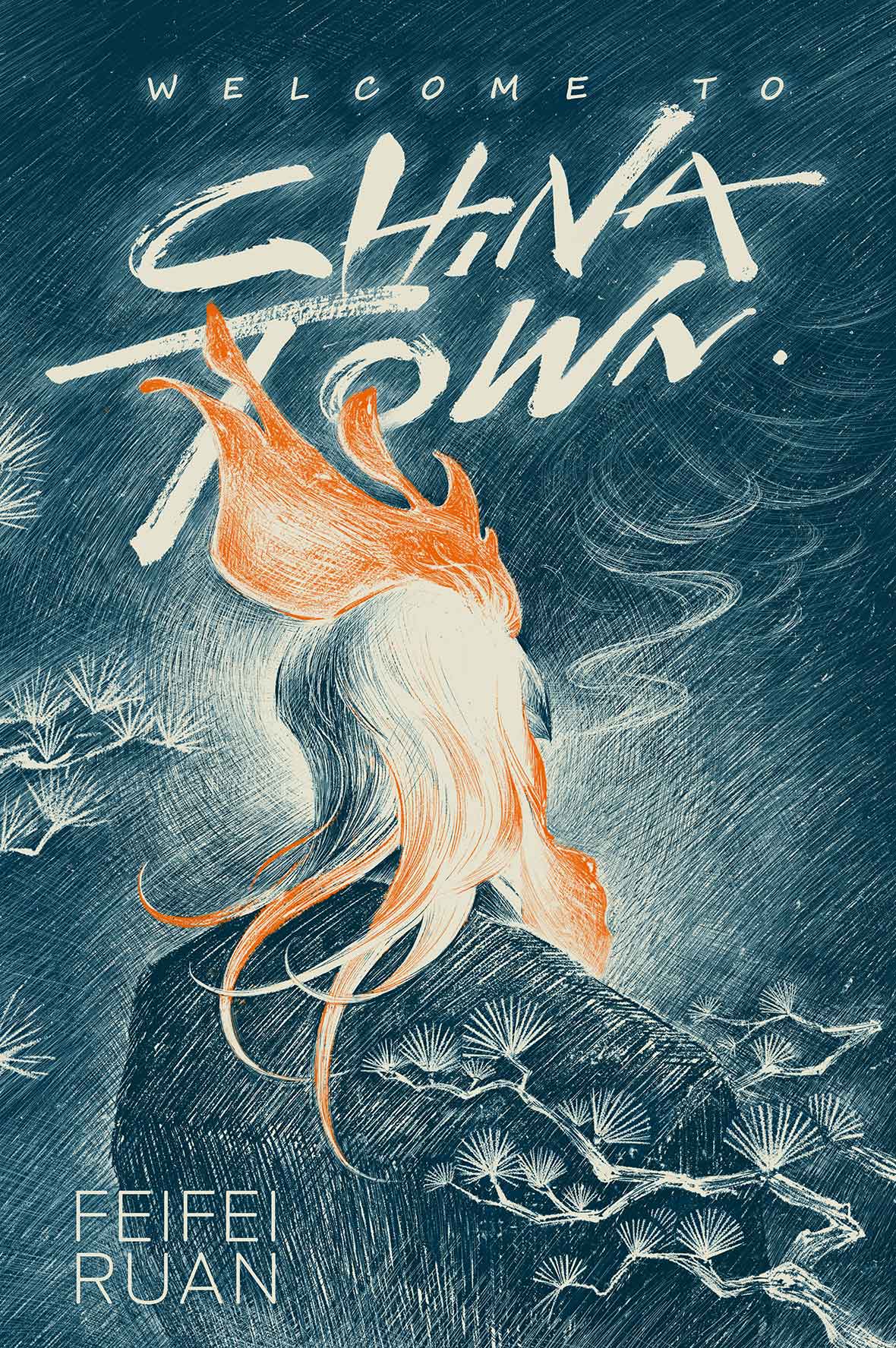
Neocha: Why did you decide to illustrate both of your stories with only two colors?
Feifei: When I read stories I prefer simple colors. I believe reading something in monochrome makes it easier to take in, compared to something with a lot of colors. Viewers can be easily distracted from the story by glaring images, so to keep the viewers focused on the story, I minimized the amount of colors.
Neocha: 这两个故事都是用双色完成的,为什么?
Feifei: 当我自己阅读故事的时候我比较偏好简单的颜色。我觉得单色在阅读体验上比全彩要顺畅。读者可以不被过多的细节干扰从而把注意力集中到故事的本身。所以在创作自己作品的时候我也会尽量控制颜色的数量。
Neocha: Your work has a suspenseful and mysterious feel. Why do you have this predilection?
Feifei: I enjoy translating abstract feelings into visual images that could be interpreted as suspense, fear or sorrow. Finding the right language is a big challenge here. Rather than merely using words, it instead requires the use of atmosphere to speak. I’m still practicing.
Neocha: 你的作品总给人一种神秘悬疑的感觉,为什么你有这种偏好呢?
Feifei: 我主要偏好于将一些抽象的感觉转化成视觉图像,像是悬疑、恐惧或忧伤。而视觉语言在这里是个很大的挑战。因为除了用“言语”更多的是要用“气氛”说话。而我也一直在做各种尝试。
Neocha: Which artists or illustrators are your favorites? Which do you consider to have inspired you the most?
Feifei: There are many artists I like. I think James Jean and Tomer Hanuka inspired me the most in the early years. It’s always impressive to see James Jean’s art. It feels like those drawings all have souls, which can touch the hearts of people. Seeing Tomer Hanuka’s work is like seeing a movie. His images are always full of stories and energy. Since both of them along with many other artists I like are all from the School of Visual Arts, it influenced my decision to study at SVA and it’s also what brought me to New York.
Neocha: 哪些艺术家对你有着最深的影响?
Feifei: 早期影响我最大的艺术家是James Jean和Tomer Hanuka。好看的作品很多,能触动人心的却不多。James Jean的作品就充满了灵性,能带给人一种感动的感觉。另一位艺术家Tomer Hanuka的作品叙事性非常强,看他的插画就像是看一场电影,非常带感。由于他们以及其他一些我喜欢的艺术家都是纽约视觉艺术学院毕业的,这直接影响我作出了来SVA学习的决定。也是促成我来纽约的原因。
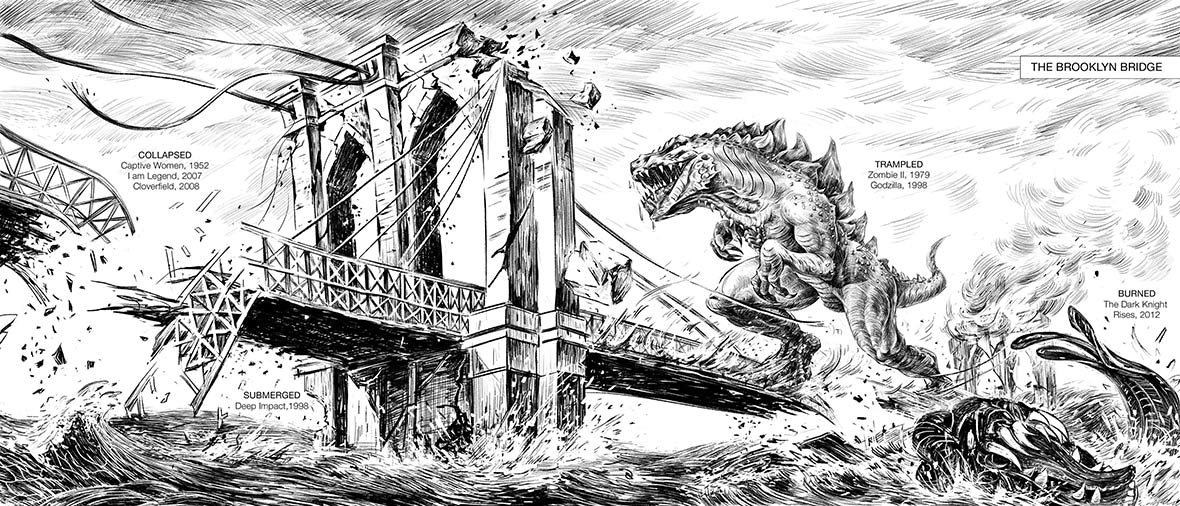
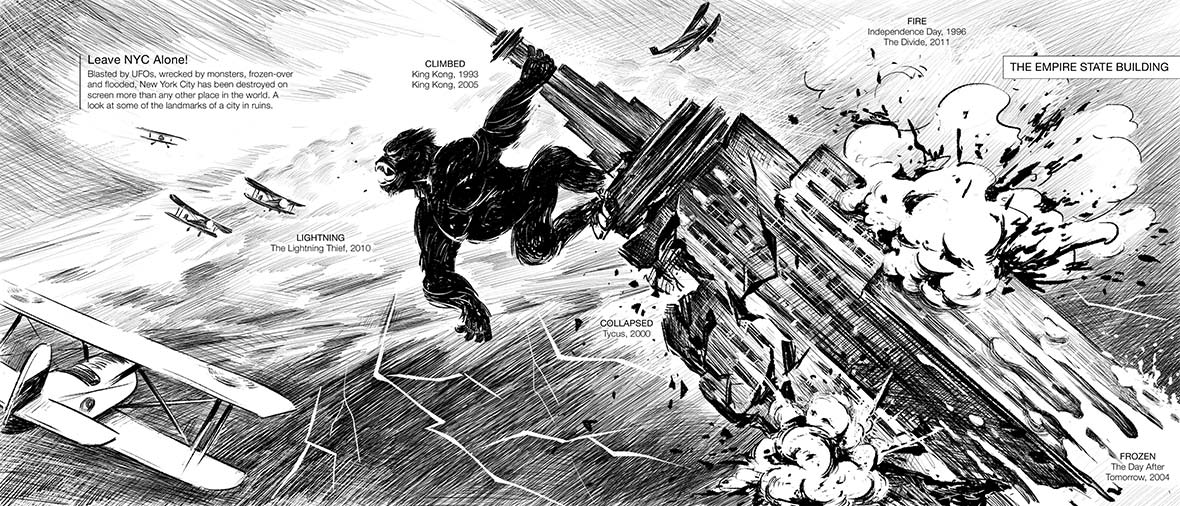
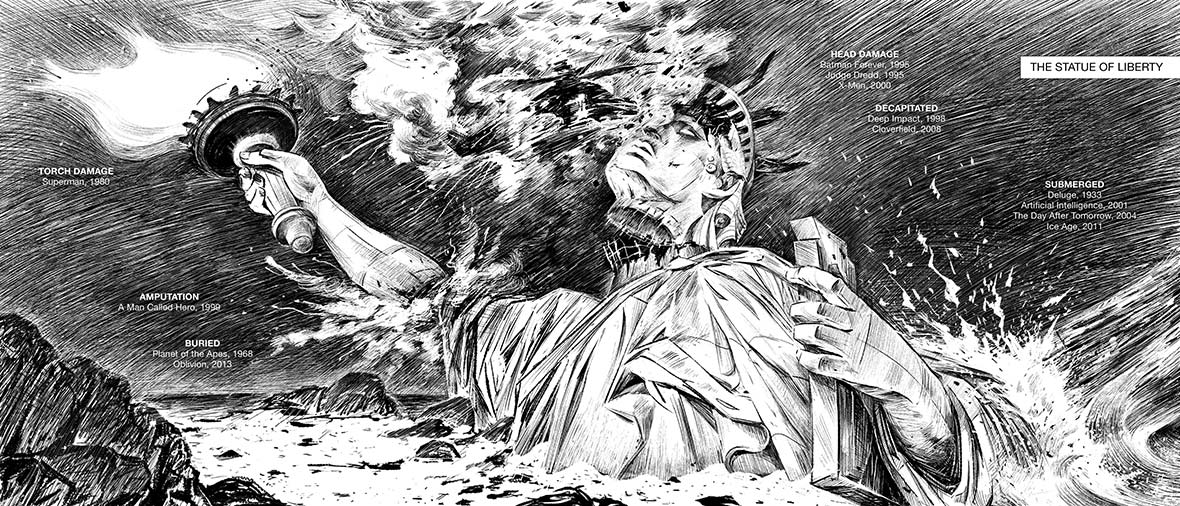
Neocha: How would you define good storytelling?
Feifei: The first thing is being able to draw the viewer’s attention and intriguing them at the very beginning. Second, it’s being able to motivate and stimulate them at the end. When it comes to storytelling, a lot of people consider the most important thing is what to say. But I believe how you tell a story is even more important, since the same message can be delivered in many different ways. Figuring out the best method is what all storytellers should strive for.
Neocha: 你怎么定义好的叙事呢?
Feifei: 一是在一开始能快速引起人们的关注并让人有往下看的兴趣;二是能让人看完后意犹未尽,有所触动或是行动。很多人认为讲故事最重要的是“讲什么”,但我认为“怎么讲”其实更为重要。同一个信息能有无数种传达方式,而我们需要做的就是找到一个最合适的方式。
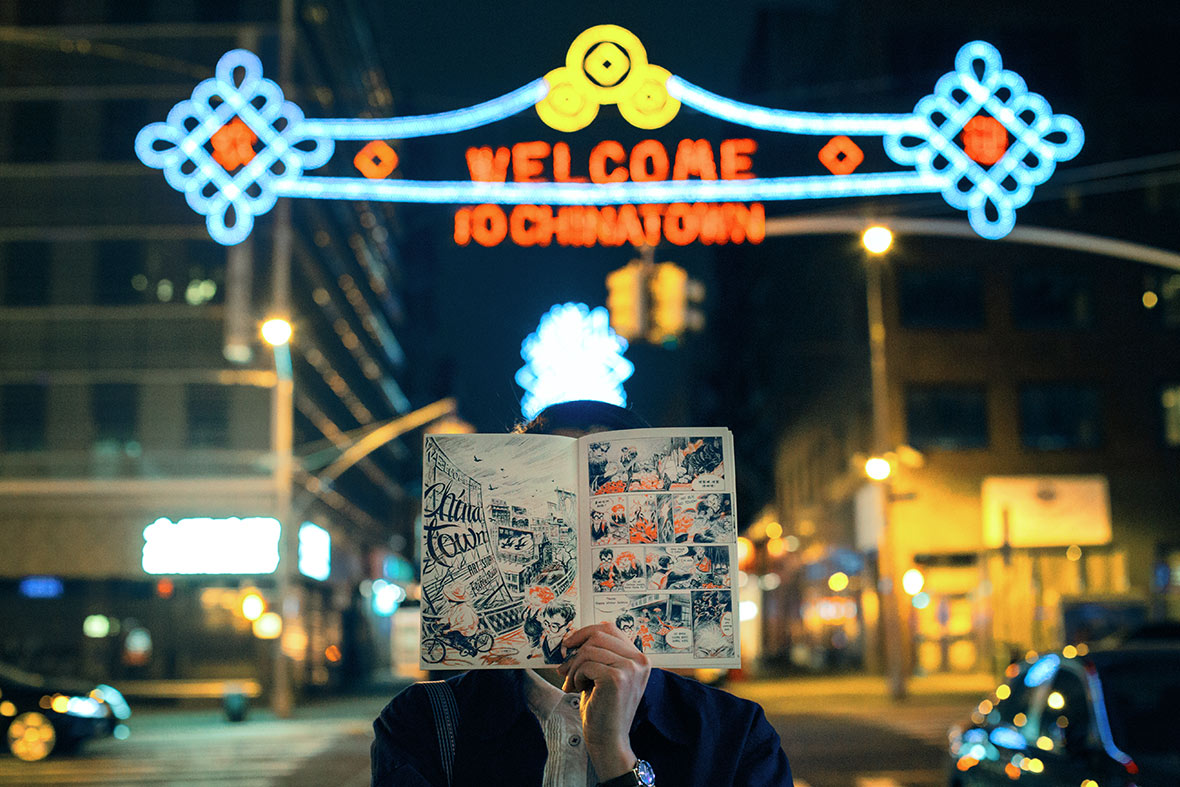
Neocha: Do you consider Asian culture an influence in your work? Does New York inspire you as well?
Feifei: New York is the blood of my work, which regenerates everyday. The whole city is a great inspirational fair. You can easily discover something when you stroll around. What interests me most is New Yorkers – everyone lives crazily and does crazy things. It’s hard not to be inspired by them.
Asian culture is the bone of my work. Growing up in an Asian culture influenced my thoughts, values, and tastes. After coming to New York and learning about many different cultures, I found that I’m still more obsessed with Asian culture than the others. Currently, I’m working on a new story about Shanghai back in the 1900s. It’s a graphic novel that’s being created in collaboration with writer Mark Sable. I’m very excited about it, it will be a challenge for me.
Neocha: 亚洲文化对你的作品有很大的影响?你现在所住的城市对你也有所启发吗?
Feifei: 纽约就像是我作品的血液,每天都在不断更新再造。整座城市就像是个灵感集市,随便走走逛逛都会有新发现。其中最有意思的是纽约人 – 几乎每个人都在疯狂地干事或干着疯狂的事。而你很难不被他们感染。
亚洲文化就像是我作品的骨骼。由于从小就在亚洲文化下长大,无论思想审美价值都 离不开这个框架。来美国后接触了很多不同的文化,在对比下发现自己还是对亚洲文化感触最深。我最近在准备的一个新故事就是关于中国老上海的题材。这将是一本和脚本作家Mark Sable合作的长篇漫画。虽然对我来说是一个很大的挑战,但还是蛮期待的。
Website: feifeiruan.com
Instagram: @ruan0v0
Contributor: Banny Wang
Images Courtesy of Feifei Ruan & Aline Müller

